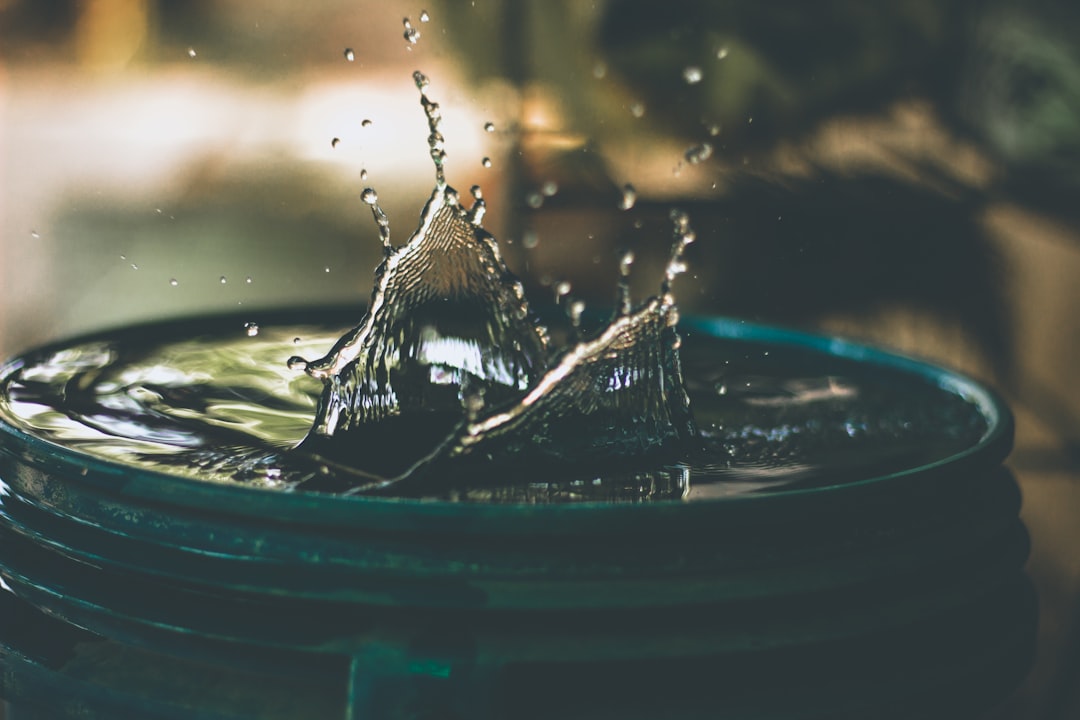Water is essential for life. It nourishes our bodies, sustains ecosystems, powers agriculture, and fuels industry. Yet, despite its critical role, water is under threat. Around the world, billions face the double burden of water pollution and water scarcity—two interconnected crises that impact health, development, and environmental sustainability.
In this post, we’ll explore the causes and consequences of water pollution and scarcity, and discuss solutions being pursued to secure clean water for all.
Understanding the Water Crisis
1. Water Pollution
Water pollution occurs when harmful substances—chemicals, waste, or microorganisms—contaminate rivers, lakes, oceans, aquifers, or groundwater. This makes the water unsafe for drinking, recreation, agriculture, and industrial use.
2. Water Scarcity
Water scarcity means there’s not enough fresh water to meet the needs of people, agriculture, and ecosystems. It can be physical (due to low availability) or economic (due to lack of access or infrastructure).
Causes of Water Pollution
The sources of water pollution are varied and often human-made:
– Agricultural Runoff
Fertilizers, pesticides, and animal waste wash into rivers and lakes, causing nutrient pollution, which leads to algal blooms, dead zones, and contamination of drinking water.
– Industrial Discharge
Factories release toxic substances like heavy metals, dyes, solvents, and radioactive waste into water bodies—often with inadequate treatment.
– Municipal Wastewater
Untreated or poorly treated sewage can carry harmful bacteria, viruses, and chemicals into the water supply.
– Plastic Pollution
Microplastics and larger debris are choking aquatic life and entering the food chain.
– Oil Spills and Marine Dumping
Shipping accidents, offshore drilling, and dumping of waste in oceans threaten marine ecosystems.
– Mining and Construction
These activities disturb the earth and release sediments and pollutants into rivers and groundwater.
Causes of Water Scarcity
Water scarcity stems from a mix of natural and human pressures:
– Climate Change
Rising temperatures, melting glaciers, prolonged droughts, and changing rainfall patterns reduce water availability in many regions.
– Overuse and Waste
Excessive water withdrawal for agriculture (especially inefficient irrigation), industry, and domestic use depletes supplies faster than they can replenish.
– Population Growth and Urbanization
As cities expand and populations rise, water demand increases—but supply infrastructure often lags behind.
– Pollution-Induced Scarcity
When water sources are polluted beyond usability, they effectively become unavailable—adding to scarcity.
– Poor Governance and Inequity
Lack of investment, weak regulations, and corruption can prevent water from reaching those who need it most.
Impacts of Water Pollution and Scarcity
💧 Human Health
Contaminated water causes diseases like cholera, dysentery, typhoid, and hepatitis. According to the WHO, more than 2 billion people globally drink water contaminated with feces.
🌾 Food Insecurity
Water shortages hinder crop production and livestock farming, threatening food supply and livelihoods.
🐠 Ecosystem Damage
Aquatic ecosystems collapse when water is polluted or withdrawn excessively. Fish kills, habitat loss, and biodiversity decline are common consequences.
🔌 Economic Losses
Industries that depend on clean water—like tourism, agriculture, and energy—suffer when water is polluted or scarce.
⚖️ Social and Political Conflict
Water scarcity can lead to migration, conflict over access, and geopolitical tensions, especially in transboundary river basins.
Solutions: How the World Is Responding
✅ Pollution Prevention and Regulation
-
Strict enforcement of water quality standards.
-
Industrial wastewater treatment and cleaner production techniques.
-
Banning harmful chemicals and single-use plastics.
✅ Water Conservation and Efficiency
-
Promoting water-saving technologies in agriculture (e.g., drip irrigation).
-
Encouraging water-efficient appliances in homes and businesses.
-
Educating the public about responsible water use.
✅ Infrastructure Investment
-
Expanding access to clean water and sanitation systems, especially in rural and underdeveloped areas.
-
Rehabilitating leaking pipes and old treatment plants.
✅ Wastewater Recycling
-
Treating wastewater for reuse in agriculture, landscaping, and industrial processes.
✅ Nature-Based Solutions
-
Restoring wetlands, forests, and riverbanks to filter pollutants naturally and recharge groundwater.
-
Implementing green infrastructure in cities (e.g., rain gardens, permeable pavements).
✅ Desalination and Rainwater Harvesting
-
In arid regions, desalination plants and rainwater collection systems provide alternative water sources.
✅ Global and Local Initiatives
-
UN Sustainable Development Goal 6 (SDG 6): Aims for clean water and sanitation for all by 2030.
-
Partnerships like Water.org, The Water Project, and UN-Water focus on improving access and equity.
What You Can Do
Even small actions make a difference:
-
Fix leaks and turn off taps when not in use.
-
Avoid pouring chemicals or medications down the drain.
-
Reduce plastic use and recycle properly.
-
Support organizations and policies that protect water resources.
Conclusion
Water pollution and scarcity are among the most urgent environmental challenges of our time. The good news? These problems are solvable. Through innovation, cooperation, and a shared sense of responsibility, we can safeguard clean water for people and nature—now and for generations to come.
Let’s not take this precious resource for granted.

Comments
No comments yet. Be the first to comment!
You must be logged in to comment. Login